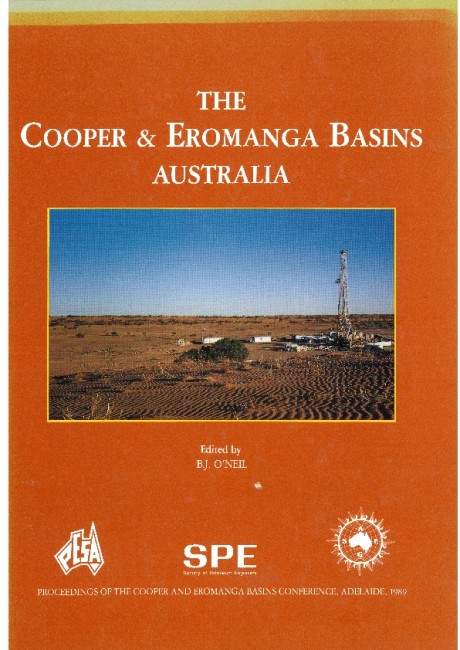Publication Name: The Cooper & Eromanga Basins Australia
Authors: W.A. Fairburn
Date Published: June 1989
Number of Pages: 26
Reference Type: Book Section
Abstract:
Based on detailed core facies analyses, the depositional environment for the Toolachee Unit 'C' sand reservoirs is interpreted to be a moderate to high sinuosity channel system. Core studies have shown that the Toolachee Unit 'C' sediments are dominated by upward-fining sequences. This is consistent with sediment accumulation in channel systems where point-bar deposition was prevalent.Gross sand isopach maps, when interpreted in terms of the channel sand depositional model, explain variations
in reservoir distribution over the Moomba North and South Domes. The trends developed for each sand show broad similarities, and these reflect the migrations of a pointbar channel system meandering around the pre-existing structural culminations. Sand thicknesses typically increase towards the channel axes on the flanks of these structures and thin towards crestallocations. Net sand trends and isoporosity contours mirror the gross sand trends - a similarity that relates reservoir quality to the depositional environment.
While the Toolachee channel systems reflect strong topographic control, there is evidence of subtle, syndepositional growth of the Moomba 'high', implied by the stacking of sands.
Geological mapping of fluvial sands in this manner could provide a basis for more accurate estimates of
volumetric gas-in-place when reservoir geometry is complex.


